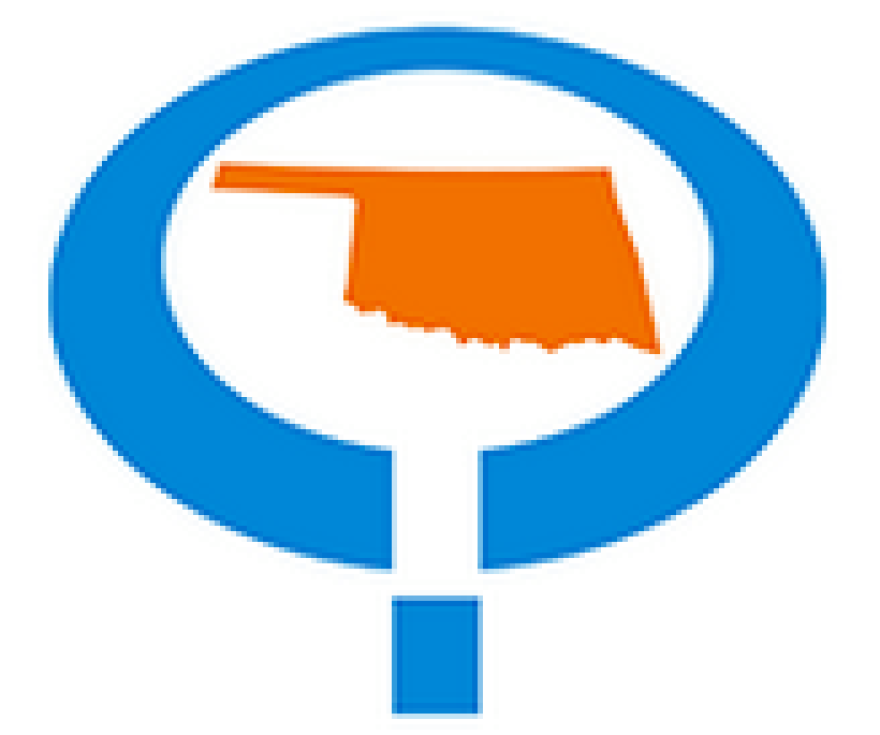 Jon Hansen, former Oklahoma City Assistant Fire Chief Rescue at the Murrah Site
Jon Hansen, former Oklahoma City Assistant Fire Chief Rescue at the Murrah Site
Credit Oklahoma Watch
What does the Oklahoma City bombing mean now, two decades later? Will the memory and meaning of April 19, 1995, gradually recede into a distant echo?
That's hard to believe as one considers the extensive observances and media coverage this month. The grief and shock of what happened are as palpable as ever: On a sunny Wednesday morning, a terrorist bomb ripped apart the Alfred P. Murrah Federal Building, killing 168 men, women and children. Those who saw it will never forget the black smoke rising in the sky, the bloody images of the injured, and the wreckage of the building marring the downtown skyline.
On that terrible morning, Oklahoma City Assistant Fire Chief Jon Hansen, the Oklahoma City Fire Department’s public information officer among other duties, was thrust into the forefront of the act of terror.
Through the search and rescue operations, daily body counts and more, Hansen’s daily briefings from the epicenter of rescue and recovery gave him unique insights.
What changes have you seen, from your perspective, that came following the bombing of the Murrah Federal Building and from Oklahoma’s response?
I think we learned, as different disciplines, how much we need the other disciplines. Fire service needs law enforcement. Law enforcement needs emergency management. Emergency management needs total cooperation, and so on. I think (the bombing) taught us a valuable lesson — one we knew in the backs of our heads, but sometimes we were scared to admit. The public safety community, when you have the larger events, such as the Murrah Building, wildfire, tornado, flood—we learn how much we rely on our friends in law enforcement, our emergency management system, and how much we rely on volunteer groups.
How did that response operate?
We used ICS (incident command system). The fire service, we use it on just about every event we have — motor vehicle accident, structure fire — and always have. We formed something called “unified command.” There was a fire command officer and a police command officer. We were operating shoulder-to-shoulder, together, taking care of individual needs but also complementing each other, and I think that’s what folks really saw, a multi-disciplined command system. We really hadn’t done that part as well as we should have before. Now, that’s happening all over the country. When you look at the hurricanes, floods and wildfires, they form a unified command, often.
Was that part of the “Oklahoma Standard” that everyone talks about, or is that something different?
The Oklahoma standard that we saw wasn’t necessarily set by the public safety agencies. We feel like we did our job. We did what the public expected us to do … something that we were trained to do and should have done for our citizens. What brought the Oklahoma Standard to the forefront was the community response. It was the citizens of the great state of Oklahoma who stepped up and provided, a lot of times without even asking, help, support, volunteers and different non-emergency functions … The volunteerism that they provided was the Oklahoma Standard. That’s what made the core of the Oklahoma Standard in my opinion.
20 years later, looking back:
It’s a point of pride, pride in this community. Our community was able to recover from that type of event. The way our community recovered is a part of that Oklahoma Standard. I’m very humbled by the response the community gave, and to personally serve in a very small part with all of those great men and women. Looking back, it humbles you. You think, ‘Wow, what an honor, what an honor it was, through that tragedy, to have served those great people in their time of need.'"
Jon Hansen is the executive director for the Oklahoma Council on Firefighter Training, training volunteer and professional firefighters, emergency response personnel and those in related occupations across the state.
Oklahoma Watch is a nonprofit, nonpartisan journalism service that produces in-depth and investigative content on a range of public-policy issues facing the state. For more Oklahoma Watch content, go to www.oklahomawatch.org.


